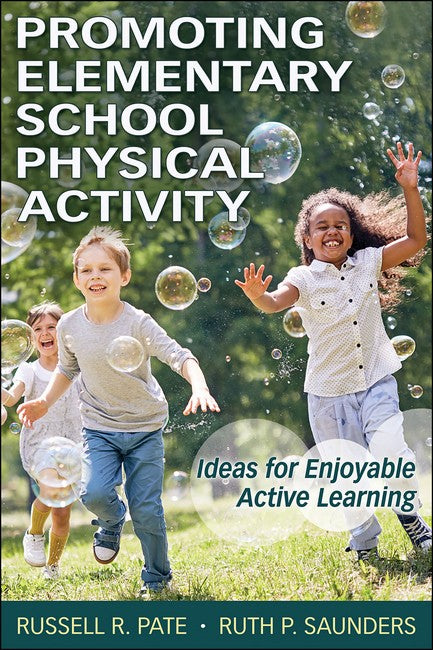Russell R. Pate serves as a professor in the department of exercise science at the University of South Carolina, where his research is focused on physical activity and its promotion among children and adolescents. Also, he has worked extensively on initiatives aimed at advancing the role of physical activity in public health. Pate is a lifelong distance runner, and he has directed two U.S. Olympic marathon trials. Pate has served as president of the American College of Sports Medicine (ACSM), the National Coalition for Promoting Physical Activity, and the National Physical Activity Plan Alliance. He served on the U.S. Physical Activity Guidelines Advisory Committee in 2008 and 2018. Pate has been recognized by ACSM as its Honor Award recipient, and he received a Lifetime Achievement Award from the President's Council on Physical Fitness and Sports. Pate received a PhD in exercise physiology from the University of Oregon in 1974. In his free time, he enjoys running, reading, theater, traveling, college sports, and spending time with his family. Ruth P. Saunders, a professor emerita in the department of health promotion, education, and behavior at the University of South Carolina, has taught and conducted research for over 30 years. She actively participates as a member of the children's physical activity research group in the department of exercise science and as a co-investigator in Prevention Research Centers, a program funded by the Centers for Disease Control and Prevention. Saunders has conducted federally funded and foundation-funded research in schools, preschool centers, children's residential homes, and churches. Her research interests, focused largely on physical activity in children, include organizational-level physical activity interventions, influences on physical activity, and monitoring and evaluating physical activity interventions in organizational settings. Saunders received her PhD in public health education from the University of South Carolina in 1986. She has received numerous teaching, research, and community volunteer service awards. In her spare time, she enjoys swimming, yoga, writing, and painting.
Request Academic Copy
Please copy the ISBN for submitting review copy form
Description
Part I. Classroom Physical Activity Chapter 1. Classroom Physical Activity Breaks Learn more about classroom physical activity breaks, which are brief times for physical activity in the classroom between periods of instruction and before, during, or after transitions throughout the day. Chapter 2. Physically Active Instruction Learn more about physically active instruction, where the teacher incorporates bouts of physical activity into academic instruction. Chapter 3. Recess Learn more about recess, which is a regularly scheduled period within the school day for physical activity and play. Chapter 4. The Physically Active Classroom Learn more about physically active classrooms, which combine nontraditional arrangements of the space and student-centered learning to reduce barriers to physical activity in the classroom. Part II. Physical Education Chapter 5. Enhanced Physical Education Learn more about enhanced physical education, which involves curricula and practice-based approaches that aim to increase the amount of time students engage in moderate to vigorous physical activity during physical education classes. Chapter 6. Physical Education Beyond the Gymnasium Learn more about physical education beyond the gymnasium, where the physical education teacher creates a positive, motivational climate that results in students wanting to be physically active, connects them to physical activity opportunities during out-of-school time, and communicates with families about physical activity. Part III. The Physically Active School Chapter 7. Physical Activity Before and After School Learn more about physical activity programs that provide supervised opportunities for children to be physically active immediately before and after school. Chapter 8. The Physically Active School Environment Learn more about the four interacting parts of the physically active school environment: physical environment, social environment related to physical activity, physical activity policies, and physical activity practices. Chapter 9. Comprehensive School Physical Activity Program Learn more about the five components of a comprehensive school physical activity program: physical education, physical activity during school, physical activity before and after school, staff involvement, and family and community engagement.

